How Climate Change Hit Wine Country: Adapting To A New Normal
The rising global temperatures have resulted in extreme natural calamities like wildfires and disastrous thunderstorms.
They have impacted most wine regions across the globe and forced many winemakers to adopt new technologies to save their grapes.
Let’s see how climate hit wine country and how the winemakers are adapting to the changing climate. Also, discover why you should still invest in wine in 2022 and how Vinovest can help you with it.
Further reading
- Here’s a complete guide to Investing in Fine Wine and building a rewarding wine portfolio.
- Also, discover How Terroir Affects the Taste and Value of Your Wine.
Why Is Climate Important For Wine Production?
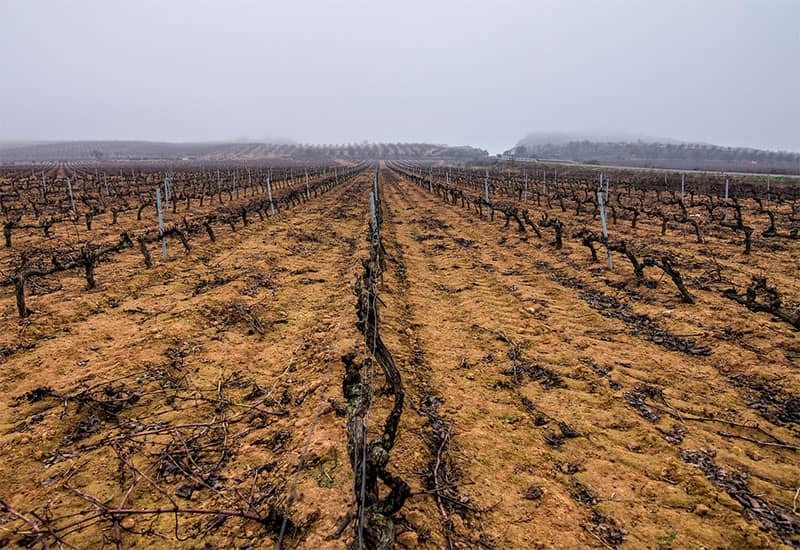
Primarily an agricultural product, the wine industry highly depends on the climate.
A wine grape’s extreme sensitivity to climate is what makes wine so exquisite. But it also means wine grapes are highly affected by climate change. Any slight change in the weather directly affects the health of vine plantings and the wine.
Fluctuating weather can affect the sugar and acid ratio of wine grapes. In warmer climates, a wine grape tends to ripen quickly, which decreases its acidity. If picked at the right time, the resulting wines appear fuller, softer, and fruitier with high alcohol levels.
However, the fruit will mature too quickly if the growing season is too hot (like during a heatwave). As a result, the tannins and anthocyanins (the secret behind the grape color) cannot develop properly.
Also, if the vine is exposed to too much direct sunlight, the fruit can suffer from sunburn and lead to flabby and dull wines.
Greg Jones, the director of the Evenstad Center for Wine Education, says that sometimes warming can help a cool-climate wine grape grown in an extremely cold climate. It allows the grape bunches to mature properly, making the wine more consistent.
However, decreasing winter frosts may encourage the spread of pests and insect-borne diseases that usually die off during cold seasons.
How Has Climate Hit Different Wine Regions?
Here’s how climate change has affected some well-known wine regions.
1. The United States
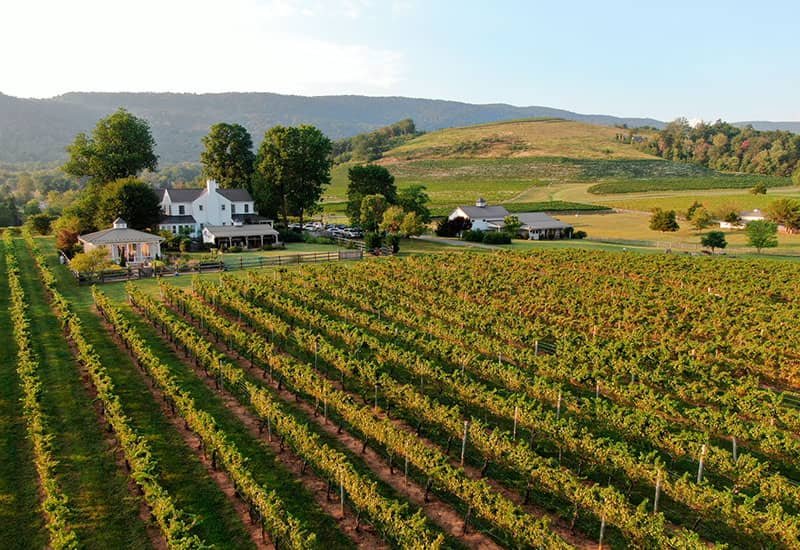
Wine producers in St Helena, Napa Valley, faced a deadly wildfire, the Glass Fire, in 2020 that tore through most wine estates.
Dario Sattui, a prominent Napa Valley winemaker, said that the wildfire destroyed his vineyard and winery.
Northern California winemakers like Mr Sattui had to discard most of their crops because the smoke from the wildfire tainted the grapes. Mr Sattui faced another calamity when his insurers refused to cover his winery.
The 2020 winter in the California wine region was arid. By spring, Napa Valley growers had little water to irrigate their fields and protect their grapes from the extreme sun.
Not only the Napa Valley wine region, but the rising temperatures are also threatening other regions like Central Coast and Santa Maria AVA (American Viticultural Area) in San Luis Obispo, Santa Rosa in the Bay Area, and Santa Barbara, San Francisco, and Willamette Valley in Oregon.
Apart from the growing wildfires, grape growers have also observed that winters are warmer, growing seasons are longer, and the rains are heavier with frequent flooding, droughts, and reduced snow.
2. France
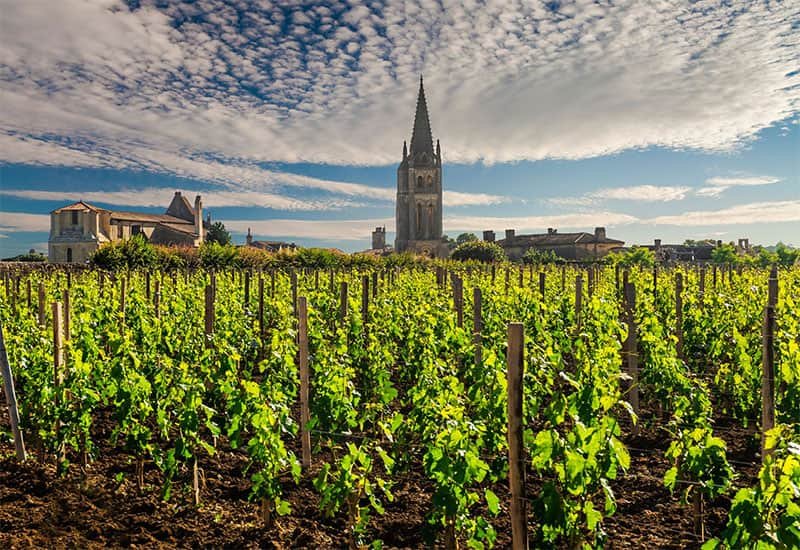
Climate change has also affected the French wine industry.
In 2019, harsh weather cut French wine outputs by 12%, mainly due to scorching weather.
Burgundy’s 2020 harvest was one of the earliest on record. High temperatures during the growing season led to farmers picking the grapes as early as August 12.
In 2021, the French wine industry produced nearly a third less wine because of frost and diseases that hit its vineyard in spring and summer.
In fact, 2022 has been threatened by a spring frost and a dangerously low water table in May. To avoid frost damage, many French winemakers have taken the help of oil lamps, industrial lamps, and even helicopters to warm the air.
The rising temperatures are affecting the best Burgundy vineyard sites. Vines are more vulnerable to spring frost, sunburn, and drought, and the resulting Pinot Noir wines are getting riper by the year.
Merlot, the dark blue grape variety that has been a star of Bordeaux wines, is slowly moving towards extinction.
The wine country brings in 7.6 billion euros in exports, employs over half a million people, and attracts 24 million visitors yearly. Any hit to the wine country will have devastating consequences on the economy.
That’s why winemakers in Burgundy and Bordeaux have already started experimenting with new grape varieties, including Sangiovese and Greek Assyrtiko.
3. Italy
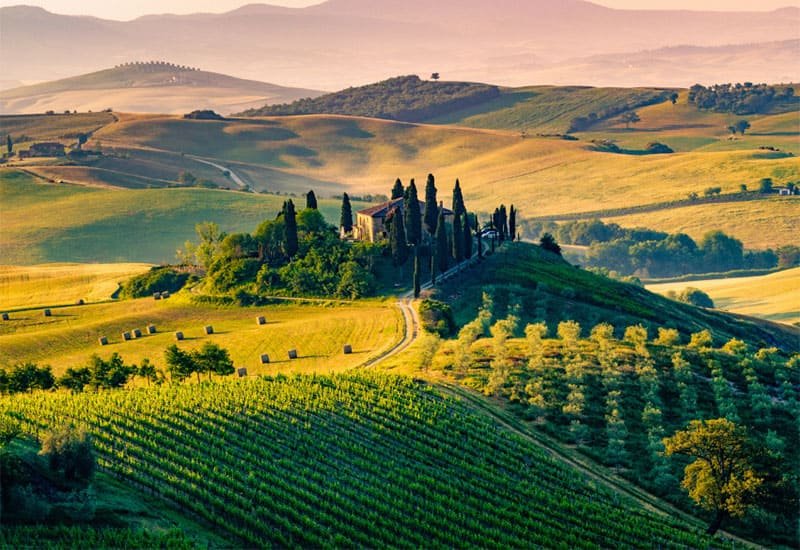
Wine growers in northern Italy have to deal with sunburnt crops with increasing frequency.
In 2021, extreme weather events and rising temperatures resulted in a 9% drop in Italian wine production.
However, the warmer temperatures were a boon for a few Italian regions, helping produce more ripe and consistent wines.
4. Germany
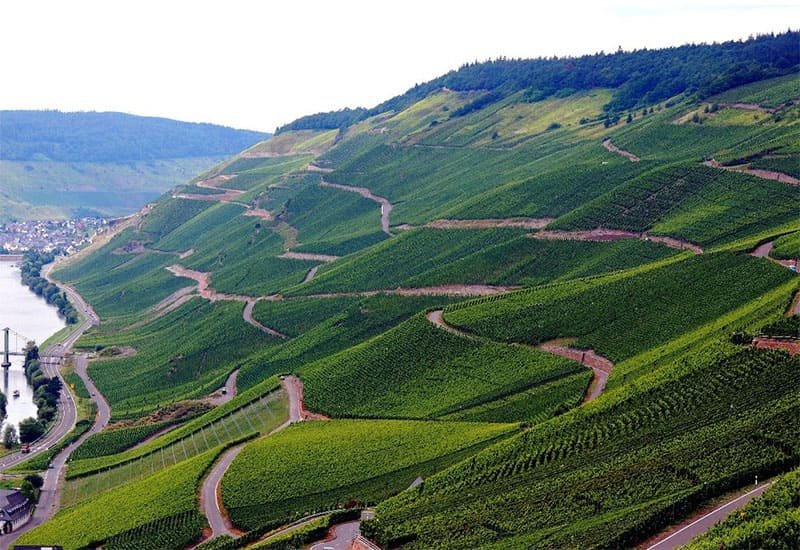
Germany, an extremely cold wine region, has benefited from rising temperatures. In fact, the three hottest summers 2003, 2018, and 2019, are some of the best vintages.
In fact, the popularity of fuller-bodied, bone-dry Riesling and Silvaner German wines are attributed to warmer climates. The extensive adaption of Pinot Gris, Pinot Blanc, Chardonnay and Sauvignon Blanc are also the result of global warming
Germany is also embracing the production of red wines like Pinot Noir, Lemberger and Trollinger.
However, the rising temperature has also resulted in decreased eiswein production. Shockingly, in 2020, only one winemaker in all of Germany was reported to produce eiswein.
5. England

For Adrian Pike, the managing director and winemaker at Westwell Wine Estates, the vineyard fruit has been exceptional in the past few years.
The rising temperatures will increase the length of the growing season, which will successfully add a few more wine regions to the country’s total wine-producing areas.
However, it may also have some negative impacts because the summer rainfall may increase. But overall, the UK wine industry will have a more significant advantage than other European wine countries that already house perfect wine-growing conditions.
6. Other Wine Regions
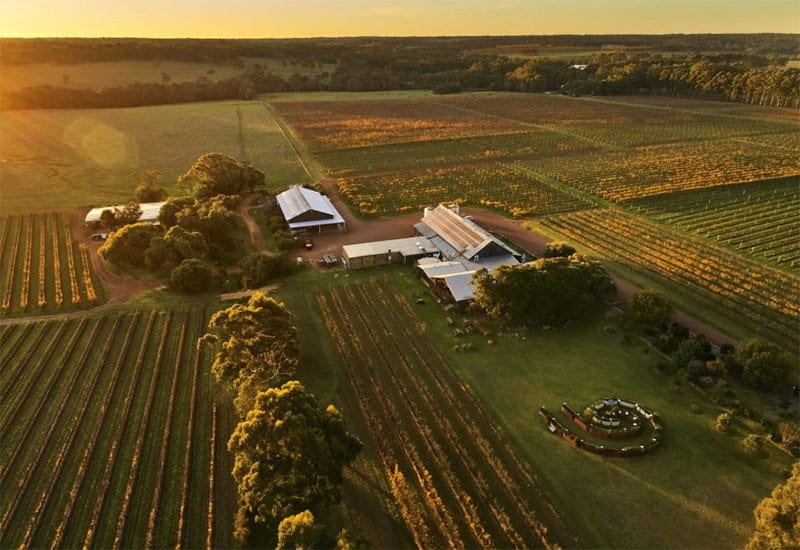
- In 2019, Southern Australia recorded its hottest summers since 1910. It resulted in an 8% loss of white wine varieties, with Chardonnay dropping to 12% - its lowest yield in the past five years.
- Wine growers in Priorat, Spain, faced devastating vine damage in 2022. Scorching temperatures of 107.6oF resulted in scorched leaves and desiccated grapes.
Affect Of Natural Calamities On Wine
Here’s how the extreme weather conditions affect the vines and grapes.
1. Smoke Taint
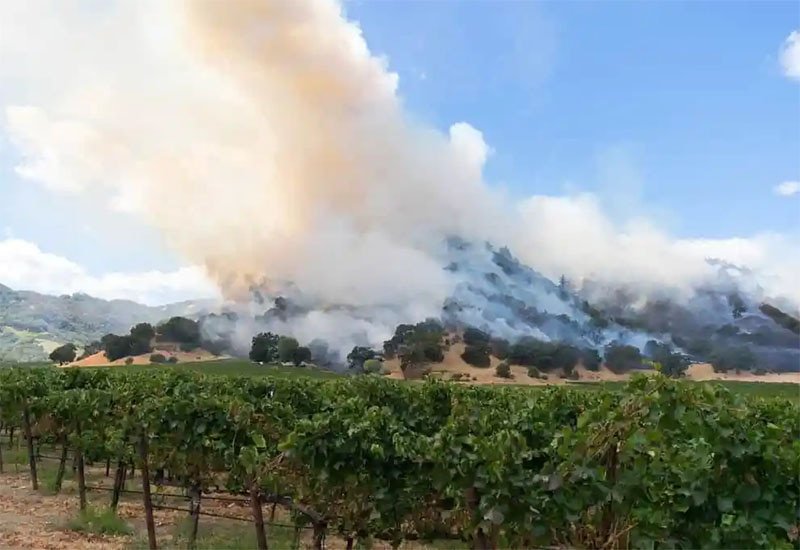
Smoke taint is a vine defect that occurs when the grapes are exposed to wildfire smoke. The smoke penetrates the grape skins, adding an overwhelming “burnt,” “campfire,” or “medicinal” flavor to the wine.
Growers like Stuart Smith, owner of Smith-Madrone Vineyards & Winery, are facing smoke taint more often. Mr Smith says, that even if the fire isn’t close to the vineyard, the smoke from forest fires can affect the grapes, primarily the red wine grapes.
Mr Smith and other prestigious winemakers usually follow one of the two measures to cure smoke taint.
- Ozone sanitizing: Winemakers use ozone to reduce the smoke odor by eliminating 50%-90% of volatile smoke compounds by permeating the cell wall.
- Using Bioclear: Bioclear binds itself to the smoke compounds in the grape juice and helps them settle at the bottom of the barrel.
However, not every winemaker can afford to go through these expensive processes, and most of them have to work with tainted grapes.
2. Water Shortages
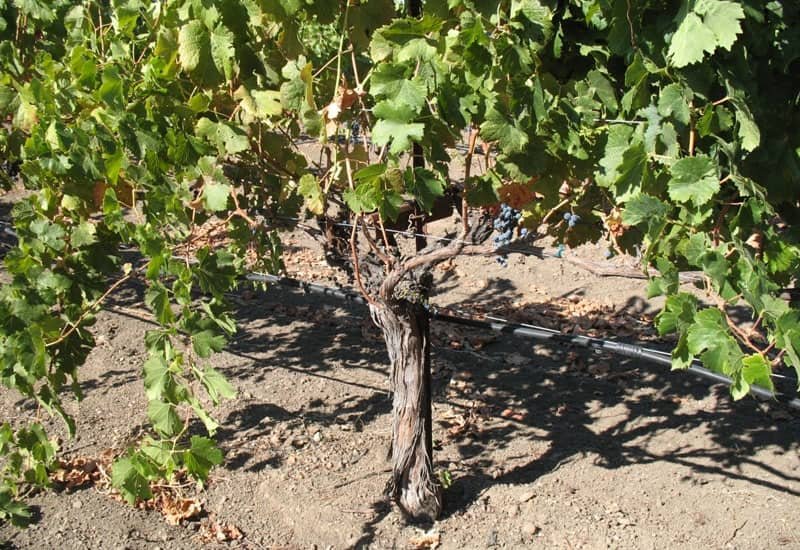
Cyril Chappellet, president of Chappellet Winery, brought up another issue.
Mr.Chappellet pointed out that rising temperatures and lower rainfall have reduced the water table, drying up most water reserves in the area. The vineyard plots are becoming drier, and the vines don’t get enough water, resulting in shriveled berries.
3. Change in Taste
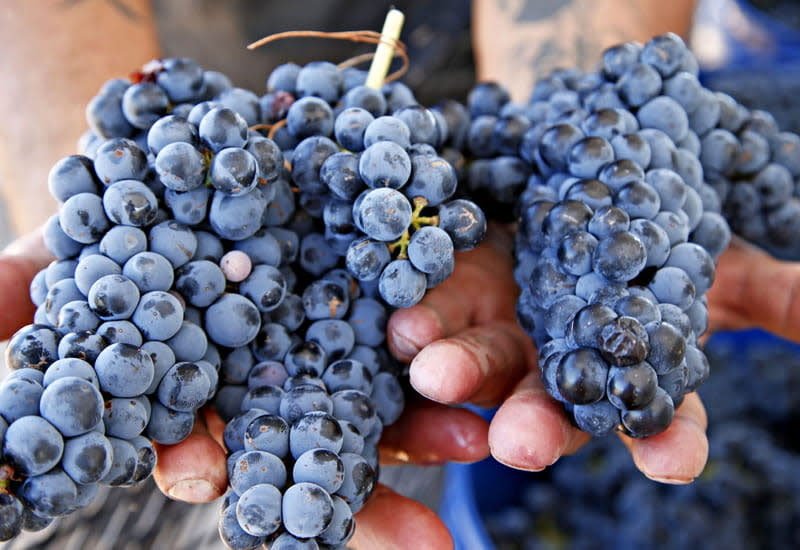
Since wine grapes are pretty sensitive to weather, any irregularities in the weather pattern also affect the taste and characteristics of the resulting wines.
For example, the Bordeaux wines are becoming more alcoholic, while Burgundies are becoming riper.
4. Forfeiture of Insurance Policy

Due to such uncertainties and increasing vineyard damages, many winemakers are losing their insurance. Some, who are lucky enough to get one, need to pay a lot more than the original price.
What Steps have the Winemakers Taken To Protect their Wines?
Here are a few steps taken by the wine industry to adapt to the changing climate:
1. Replacing Grape Varieties

Cabernet Sauvignon is the star grape of the prestigious Napa county. However, the smoke from rising wildfires affects this red grape more than the whites.
Napa Valley vintners plan to switch to white grapes. The caveat is that the white grape varieties from Napa county sell for much less than the red grapes, especially Cabernet Sauvignon.
The Institut National des Appellations d’Origine (INAO) strictly regulates what grape varieties can and can’t be grown in France. However, since climate change is affecting French wine production, the Bordeaux authorities added seven more grape varieties to its list in July 2019.
The seven grape varieties are:
- Arinarnoa
- Castets
- Marselan
- Touriga Nacional
- Alvarinho
- Liliorila
- Petit Manseng
Producers in South Africa have begun experimenting with drought-resistant grape varieties, including Assyrtiko and Marselan.
Australian producers have welcomed Italian grapes like Fiano, Vermentino, and Nero d’Avola that thrive in warmer settings.
2. Adopting New Viticultural Practices

Winemakers are also adopting new viticultural techniques to keep their grape varieties healthy.
Raymond Hannigan, the owner of Green and Red estate, decided to renovate his winery. Mr Hannigan spent thousands of dollars on his property, updating his circuit breaker panels and investing in fire extinguishers.
As for the vineyard, some Napa Valley wine growers have adopted a V-shaped trellis, which creates a whole vineyard canopy. The canopy protects the grapes from the afternoon sun.
Some grape growers went as far as to put sunscreen on their berries. Others have invested in shade cloth to cover the vines.
Additionally, some growers have planted native trees, shrubs, and flowering plants in the vineyard to create a healthier ecosystem.
3. Treating Wastewater for Irrigation

To protect their vineyard sites from drying up, growers have started to use treated wastewater for irrigation.
According to Mr Davies, a Napa vintner, transporting wastewater to his vineyard costs around $60,000 per season.
So, do all these sweeping changes reduce the investment potential of wine?
Short answer: No!
We’ll tell you why.
Why You Should Invest In Wine In 2022
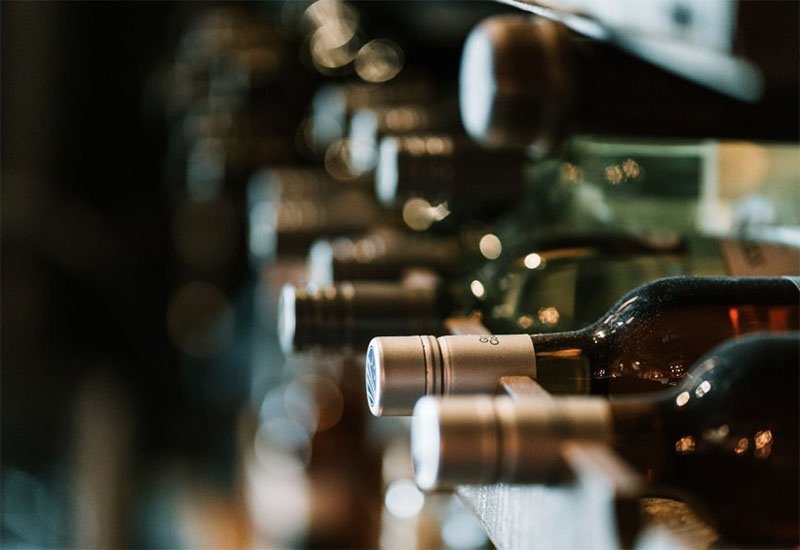
Climate change has forced winemakers to adopt new techniques and give some lesser-known grapes a chance.
For instance, winemakers in Bordeaux and Burgundy expressed excitement for the warm 2019 vintage soon after harvest.
Regions like Champagne and Alsace in Northern France have reaped the benefits of warmer temperatures. Winemakers reported that since 2017 droughts have decreased the amount of mildew on their vines.
In fact, even in these challenging times, fine wine continues to yield steady returns. In the past 15 years, the fine wine market has outperformed most global equities and gold with 13.6% annualized returns.
However, the changing climate is changing the way collectors invest in wine. You need to create a portfolio of wines from a mix of regions to make sure you beat the effects of climate change. Also, you need to keep up with the latest wine trends to understand the best wines for your cellar.
Luckily, Vinovest, a reliable wine investment company will help you with all this, and more. Vinovest helps you buy, store, and sell rare, authentic wines from around the world - be it San Francisco or New Zealand.
Its wine experts also keep an eye on the latest developments in the wine industry and suggest the best wines for you.
Get Your Hands On A Fine Wine Bottle Today!
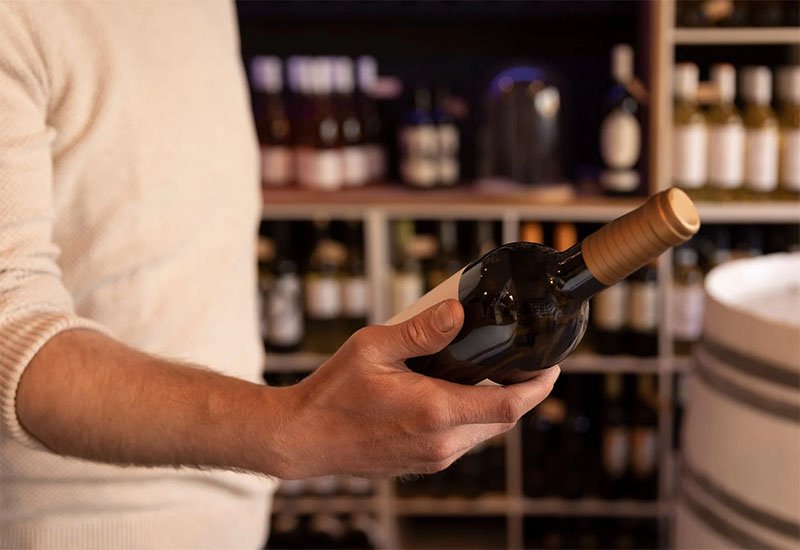
Winemakers globally are adapting to the changing climate. While rising temperatures have had devastating consequences for some regions, it has come as a surprising boon for others.
Get in touch with Vinovest and explore rewarding wine investment opportunities today!



